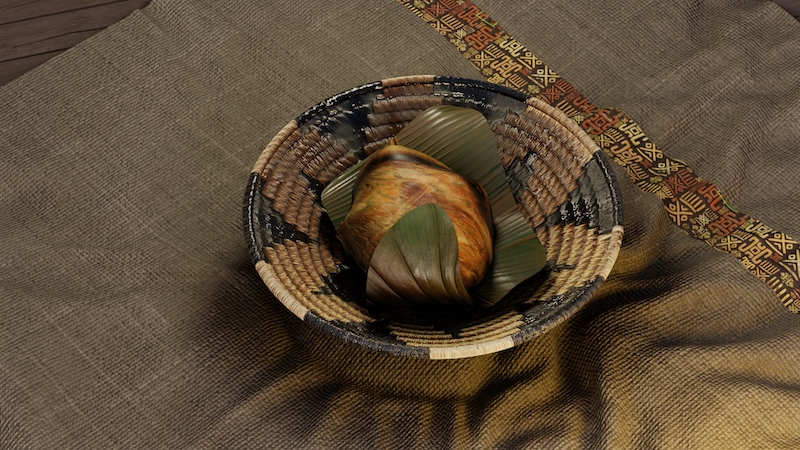Ethiopia has many unique religious and cultural festivals involving distinctive rituals, and Buhe is one of these.
Traditionally, Buhe (Ge’ez: ቡሄ), is a feast day observed by the Ethiopian Orthodox Tewahedo Church on 19 August (13 Nahase, the last month of the Ethiopian calendar). It celebrates the Transfiguration of Jesus on Mount Tabor, commemorating the moment when his face and clothes became dazzlingly bright to glorify him. On this day, a religious ceremony is observed at Mount Tabor, close to Debre Tabor in south Gondar. A painting of the Transfiguration can be seen in Debre Berhan Selassie Church, Gondar.
Culturally, Buhe also marks the end of the dark, cold days of the rainy season (Kremt) and the beginning of a new year of light, sunshine and hope.
Customarily, young boys dressed in colourful clothes roam around their neighbourhoods banging the ground with a stick and singing hoya-hoye, a traditional song which includes personalised poems to praise elders and express good wishes for the upcoming Ethiopian new year. When the singing stops, householders give the group Mulmul Dabo, a special homemade bread baked only for the celebration of the Buhe holiday. Historically, this bread signifies the fact that mothers took bread to their shepherd boys who stayed out late thinking the light of the Transfiguration was daylight.
During the day, boys also crack whips, representing the sound of thunder on the day of the Transfiguration of Jesus. In the evening, bundles of twigs, known as chibo are lit representing the light that illuminated Jesus as he was transfigured on the mountain. Ethiopian traditional fasting cuisines and drinks are served as Buhe falls on one of the days of the fast of the Assumption of Saint Mary.
Many adults feel nostalgic about their childhood as soon as they hear the first lines of the boys’ songs, “buhe buhe belu,lijoch hulu” ( All of you children say, Buhe buhe!).



